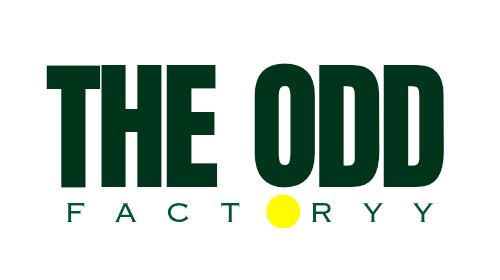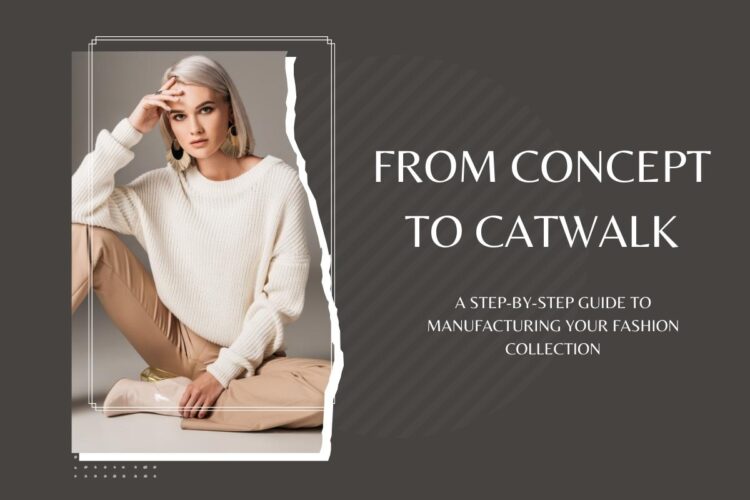Every great fashion collection begins as a spark of imagination, a dream waiting to be realized. In the world of garment manufacturing, the journey from concept to catwalk is intricate and exhilarating. Whether you\’re a budding designer or an established brand, understanding this process is crucial to turning your creative vision into a tangible, marketable collection.
- What is a Fashion Collection and How Does it Work?
A fashion collection is a carefully curated set of garments, designed to be presented together, reflecting a consistent theme, style, or concept. It\’s not just about individual pieces but how they come together to tell a story. From high-end couture to ready-to-wear, each collection undergoes a cycle of ideation, design, production, and marketing before dazzling on the catwalk.
- Types of Fashion Collections
There\’s a rich diversity in fashion collections. Seasonal collections, aligned with the fashion calendar, offer fresh designs for Spring/Summer and Autumn/Winter. Capsule collections provide a limited-edition range often focused on a specific theme or purpose. Then there\’s haute couture, where bespoke, handcrafted pieces showcase the pinnacle of creativity and craftsmanship.
- Research and Inspiration
Every collection starts with research and inspiration. Designers immerse themselves in trend forecasting, cultural themes, and artistic influences. Whether it\’s a historical era, a work of art, or a natural phenomenon, the key is to translate this inspiration into a wearable form.
- Create Sketches
Sketching is where ideas begin to take shape. Using a combination of digital tools and traditional hand-drawing techniques, designers experiment with silhouettes, details, and textures. These sketches are the blueprints for what will become the final garments.
- Design and Development
In this phase, sketches evolve into prototypes. Working closely with design manufacturers, designers refine their concepts, select fabrics, and experiment with different cuts and constructions. This collaborative process is crucial to ensure that the designs are not only aesthetically pleasing but also practical and manufacturable.
- Costing and Budgeting
Cost is a critical factor in clothing production. Designers must balance creative aspirations with financial realities, determining the cost of materials, labor, and other resources. Effective budgeting ensures that the collection is financially viable without compromising on quality.
- Production Planning
Once the designs are finalized, production planning begins. This involves scheduling, resource allocation, and coordination with apparel manufacturers. Good planning is essential to meet deadlines and ensure that the manufacturing process runs smoothly.
- Pattern Making
Pattern-making is an art in itself. Expert pattern makers translate design sketches into patterns that will be used to cut the fabric. This step is crucial for achieving the right fit and style of the garments.
- Fabric and Trim Sourcing
Sourcing the right fabric and trims is pivotal. Designers seek out the best textile manufacturers in the USA and globally, focusing on quality, sustainability, and suitability for their designs. The choice of fabric can significantly influence the look and feel of the final garment.
- Quality Control
Quality control is integral in garment manufacturing. This process ensures that each piece meets the brand\’s standards. From the stitching to the final fit, each detail is scrutinized for excellence.
- Sizing and Measurement Guide
Accurate sizing is essential for the wearability of a collection. Designers develop comprehensive sizing and measurement guides to ensure that their garments fit a range of body types, adhering to industry standards and market expectations.
- Cutting Process
The cutting process is where the fabric is transformed into garment pieces. Precision and skill are crucial here, as the way fabric is cut can affect the drape and fit of the finished garment.
- Know Your Target Audience
Understanding your target audience is key to a successful collection. Designers must be attuned to the preferences, lifestyles, and needs of their intended customers, ensuring that their collection resonates and meets market demand.
- Final Pricing and Branding
Finalizing pricing involves considering production costs, market positioning, and perceived value. Branding, on the other hand, is about creating a unique identity and narrative for the collection, essential for marketing and establishing a connection with the audience.
The journey from concept to catwalk is a testament to the creativity, skill, and dedication involved in bringing a fashion collection to life. By understanding and mastering these steps, designers, and brands can turn their visionary ideas into successful, impactful collections.
Explore the top clothing manufacturers in Sydney, such as the Odd Factory, providing superior garment production services. Our skilled team, including experts from the Odd Factory, guarantees high-quality manufacturing for your fashion brand. Contact us for custom designs and efficient production solutions.



